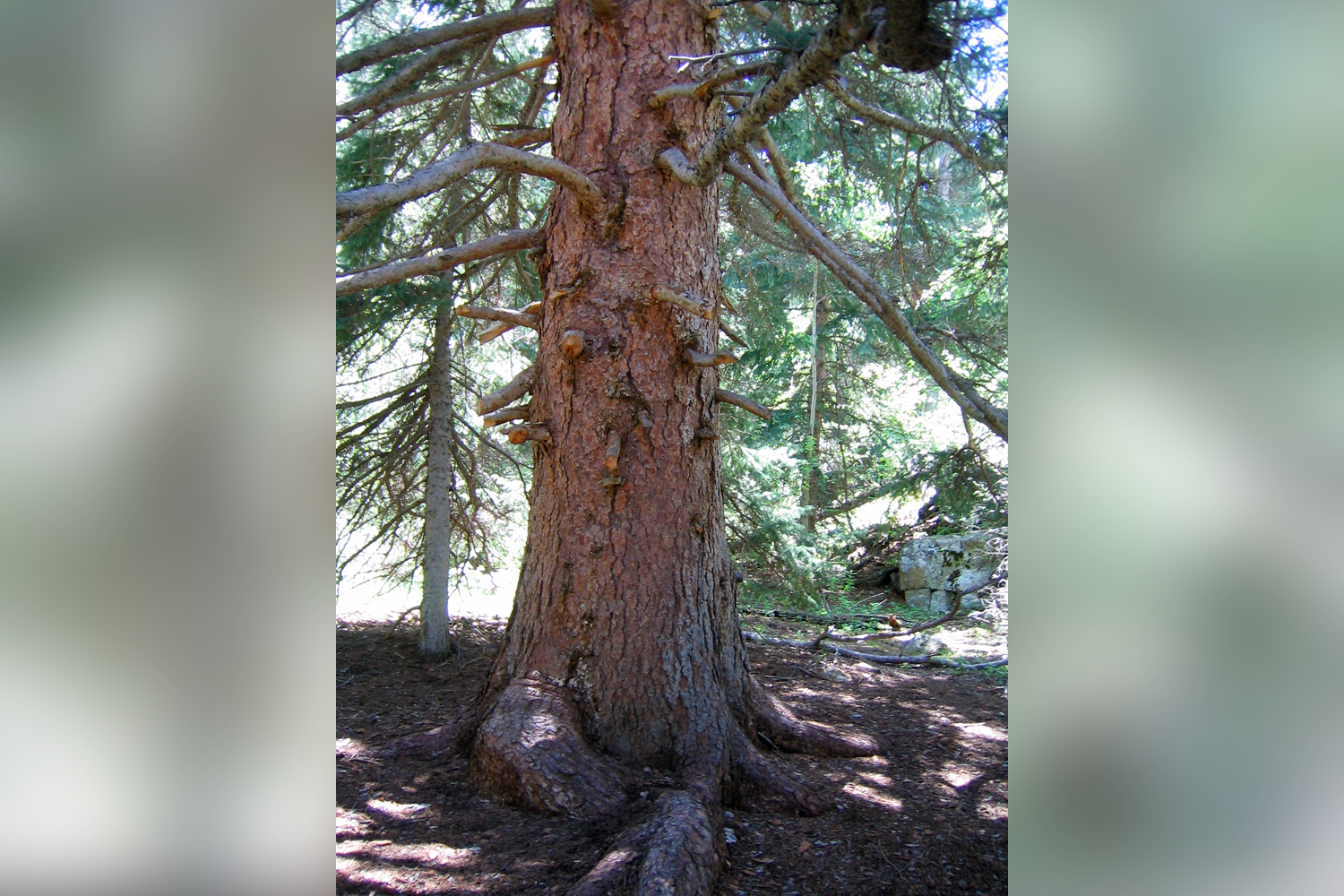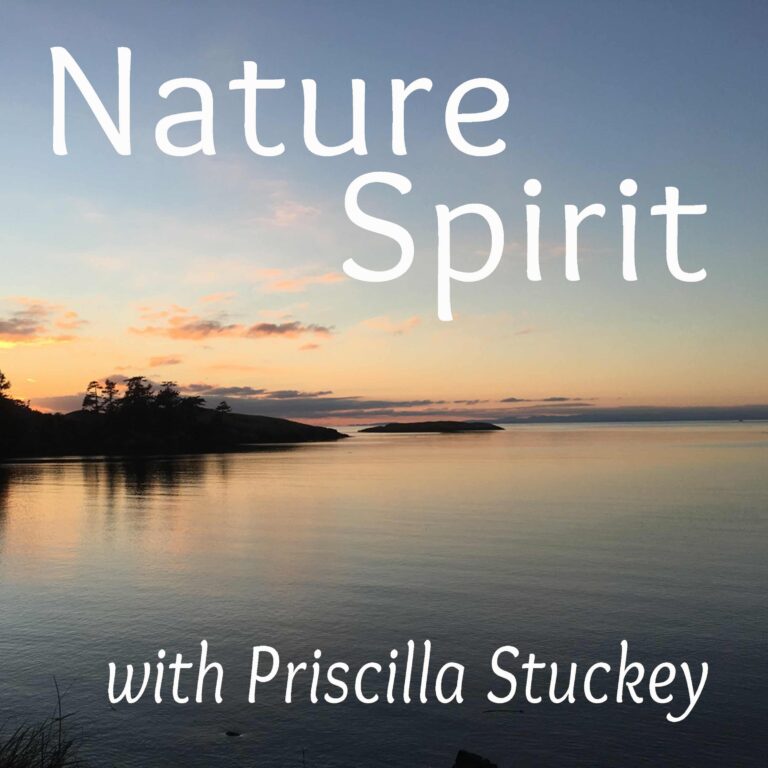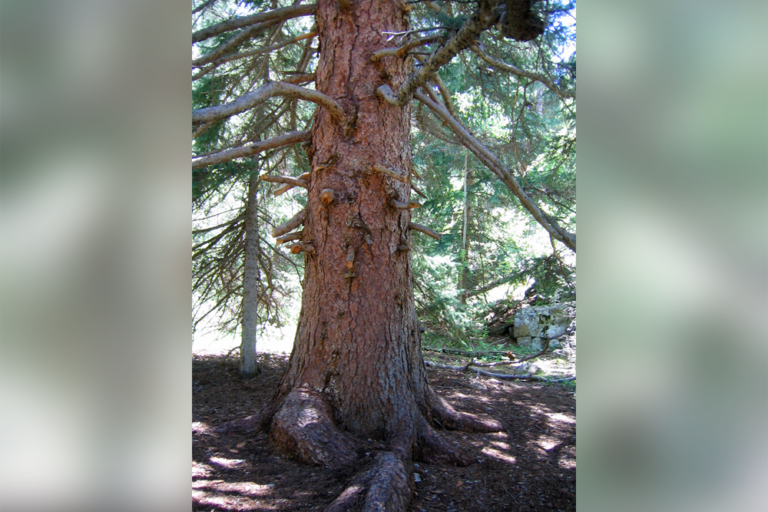Transcript
So, how do we deal with the fatigue that sets in during a time like this? How do we possibly grieve 170,000 deaths in this country from a pandemic? Not to mention the daily assault on truth by this administration? Lies that are easy enough to disprove, but the torrent of them wears on the soul.
So people are getting exhausted. Dispirited. I feel it too.
When I’m a little worn down, I’ve learned from experience to first slow down. So I did that a lot this week. Gave myself time to stop—even more time than usual. Took more time seeking out sources of inspiration. And I turned to two sources: the human world, and the more-than-human one.
And, as far as the human voices, wouldn’t you know it, they all converged on one theme. Every person I listened to for inspiration said something along these lines: this time of catastrophe that we’re in is a crisis of love. And only more love will help us find our way through.
The writer Barry Lopez spent a whole essay on it, an essay called “Love in a Time of Terror,” and you can read it at the website Literary Hub. It’s a quiet story about a walk that Barry took in the bush in Australia while he was thinking about an Aboriginal couple whose story he’d just read.
That couple made a dramatic choice early in their lives: they chose their love for each other over the rules and customs of their people and were banished from the community as a result. They lived for decades on their own in the bush, taking care of each other and the land, fulfilling their obligations to the land as their people’s traditions call for, and being provided for, in turn, by the land—though eventually the waters dried up in a drought and the animals departed as white settlements advanced.
Even after the couple learned that their people had forgiven them, they refused to move back into the community because their people now lived in those white settlements and were disconnected from the land. The couple chose their intimacy with each other and their intimacy with the land, even though the land could no longer fully support them.
And Barry, walking in that land, muses about how central love is to this whole business of living on Earth. He writes that, as he came to realize during the walk, “Most of the trouble that afflicts human beings in their lives can be traced to the failure to love.”
All of which led me to reflect a lot on love this week—what it looks like, and how to foster it. And a whole lot of it comes down to removing the blocks inside one’s own heart to loving. Because the love is there, if we can let it out. If we can let it flow more freely.
This week the blocks in my own heart looked like feelings of powerlessness and discouragement. They’re perfectly normal feelings, but I also know from experience that going very far into them is counterproductive. For me they’re like rust that corrodes the engine of my soul. They prevent me from seeing what is possible and what is mine to do in the world. They sap my energy, and my power.
So I went back to the most reliable way I know of clearing them out: connecting with nature. Every day. Morning, noon, and night. Yes, this is possible to do, even in a pandemic, even if you’re still social distancing.
I spent some time this week meditating on trees I have known. Especially trees planted next to concrete. Every sidewalk I’ve ever walked on, in a city or a town, if it was lined with trees, over time turned uneven and bumpy. People who push strollers or ride in wheelchairs know this all too well. Concrete is no obstacle to the roots of a tree.
So when a tree’s roots touch concrete, does the tree sigh to itself and say, “Oh, well. Now is not the time or the place to grow”? No! The tree continues drawing on the power of life to keep pushing its new growth up and out. And if that means displacing concrete, so be it! Roots of a tree can tear up concrete as if it were cardboard.
And that same growing force flows through every one of us. Connecting with a tree in person is a good way to reclaim one’s own flow of life—to go outside, stand or sit by a tree for a few minutes, place a hand on the tree’s bark, and feel the inexorable power of life. And if we can’t step outside, we can look at pictures of trees. Or we can call an image of a tree to mind and focus for a few minutes on the power flowing through it. Just five minutes of focusing on a tree, I find, helps to clear the mind and heart.
 Another practice for me is to get up in the morning and greet the day. To say hello to the day, and especially to say thank you. Because waking up on this Earth is a privilege, and it is precious. One day the gift that is my life will come to a close, and I will not be able to physically wake up and say thank you to sun and moon, to plants and animals, to the seawater and the freshwater, to birds and fish and insects and trees, to my own body. I thank my heart for beating. It just beats, hour after hour, year after year, with no help or direction from me. What a gift!
Another practice for me is to get up in the morning and greet the day. To say hello to the day, and especially to say thank you. Because waking up on this Earth is a privilege, and it is precious. One day the gift that is my life will come to a close, and I will not be able to physically wake up and say thank you to sun and moon, to plants and animals, to the seawater and the freshwater, to birds and fish and insects and trees, to my own body. I thank my heart for beating. It just beats, hour after hour, year after year, with no help or direction from me. What a gift!
Or how about connecting with water? It’s something every one of us does every day, though we usually don’t take time to notice it. So when I step into the shower, I try to be aware of connecting with water as the source of life. What a magical being water is! The element we can’t do without, the substance that makes up over half of our body. Even our bones are nearly one-third water. Water is life!
There is a reason that people often get their best ideas in the shower: water has the power to clear the mind as well as cleanse the body. Every shower or bath can be a ritual of connection—connecting with the power of life in the form of flowing water. Thanking water. Being grateful to the source of life.
And here’s another thing to try: taking two-minute vacations throughout the day to listen to the voices of other-than-human creatures. When leaves flutter in a breeze, pay attention to how each kind of tree sings a different song in the wind. And the wind itself sounds in so many different voices, from murmurs to whistles to roars. Or listen for two minutes to the chipping and chirping of birds. If you watch the birds near your home, you might even begin to recognize the individuals or families who share your yard or your block.
Each two-minute break refreshes the mind, and it also reminds us that we live in a larger-than-human community. In a time of catastrophe, I find it tempting to bury my face in electronic screens, anxiety-scrolling, looking for shreds of hope. Which is why in a time of stress, it takes some extra mindfulness to put down the device and pay attention again to the more-than-human world.
And it always helps restore my sense of perspective, my connection to a longer-than-human time scale. We are the babies on this planet; we’ve been around about two hundred thousand years. The plants and trees have been doing their thing about two thousand times longer than us. The birds are descended from dinosaurs who lived tens of millions of years ago.
And what a blessing to connect with the time scale of rocks! When human relations are fraught, I highly recommend the company of rocks. Their molecules have been hanging together in their present form longer than any other form on Earth. Rocks endure. They are marvelous company.
So I think Barry and all the other inspiring human voices I heard this week are right—it is indeed about loving more. And somehow, dipping into that love and appreciation for other-than-human beings helps to clear the heart and make it available for more love.
So here’s wishing you a graceful passage through this difficult time, and a heart that can relax into love.
For digging deeper
See Barry Lopez, “Love in a Time of Terror,” August 2020 at LitHub. I also enjoyed his interview with Fred Bahnson from December 2019, “The World We Still Have,” at the Sun magazine.
Other human voices I listened to—who also advised more love and connection—were Monica Gagliano and Richard Powers in conversation with Marcelo Gleiser, “Plant Intelligence,” at the Institute for Cross-Disciplinary Engagement at Dartmouth, March 2020. The figure of plants doing their thing two thousand times as long as human beings comes from there.
A delightful animated short that highlights the time scale of rocks is Das Rad (2001), by Chris Stenner, Arvid Uibel, and Heidi Wittlinger, produced by George Gruber. Available with subtitles on YouTube.
















